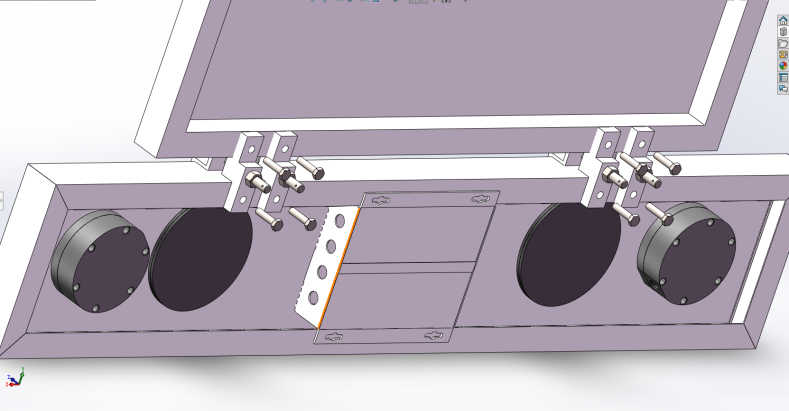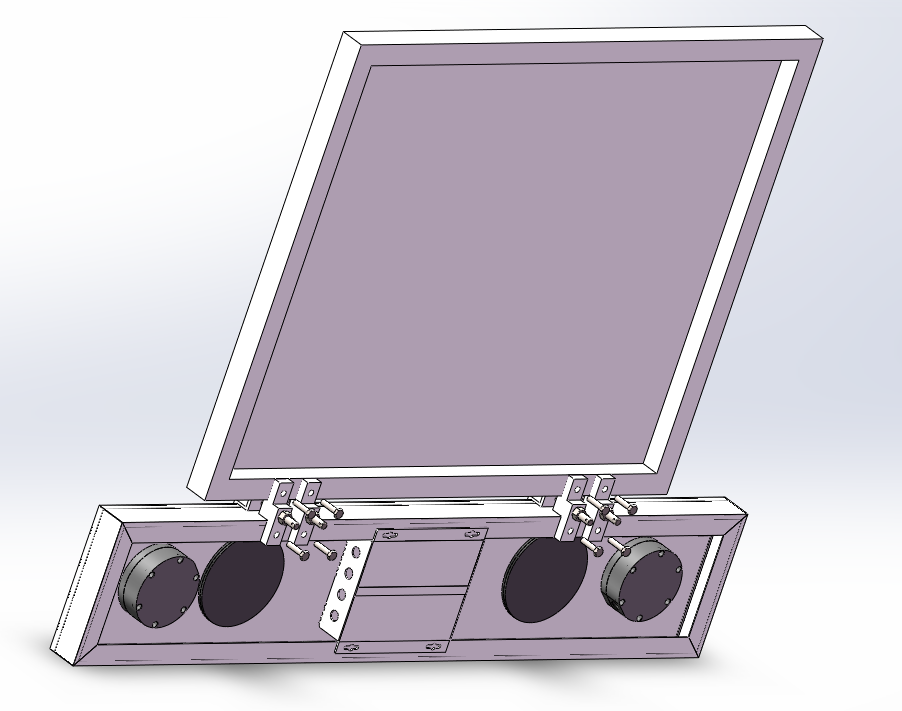

— Blogs —
—Products—
 Consumer hotline +8618073152920
Consumer hotline +8618073152920 WhatsApp:+8615367865107
Address:Room 102, District D, Houhu Industrial Park, Yuelu District, Changsha City, Hunan Province, China
Product knowledge
Time:2025-04-20 17:02:39 Popularity:10
A Soiling Sensor is a specialized device designed to monitor the accumulation of contaminants on the glass surface of photovoltaic (PV) modules. Utilizing blue light contamination optical closed-loop measurement technology, it accurately measures the Soiling Ratio (SR), which represents the proportion of contaminants on the PV panel surface. The sensor is mounted on the frame of the PV panel, continuously monitoring the impact of contaminants on sunlight transmission and calculating the resulting power generation losses in real time. The Soiling Sensor requires no additional maintenance beyond cleaning alongside the PV modules and features high precision, low power consumption, and easy integration. The technical specifications of the NBW-W-PSS model include:
- Power Supply Voltage: DC 12V
- Signal Output: RS485
- Communication Protocol: Standard MODBUS protocol
- Baud Rate: 9600 bps
- Average Power Consumption: 1W
- Soiling Ratio Measurement Range: 50%–100%
- Soiling Measurement Accuracy:
- ±1% (90%–100%)
- ±3% (80%–90%)
- ±5% (50%–80%)
- Temperature Measurement (Optional): -50°C to +100°C, accuracy ±0.5°C at 25°C
With these features, the Soiling Sensor provides real-time contamination data for PV power plants, enabling maintenance personnel to optimize cleaning decisions.

A Soiling Monitoring Station is a comprehensive monitoring system based on PV Reference Measurements, typically integrating Soiling Sensors and other related equipment. Beyond measuring the soiling ratio, it can analyze the impact of contaminants on power generation efficiency in real time through integration with PV power plant management systems. By continuously monitoring contaminant accumulation on PV module surfaces, the Soiling Monitoring Station calculates the reduction in sunlight reaching the solar modules and converts the soiling ratio into specific power generation loss values. This provides a scientific basis for plant operations, helping determine the optimal timing for cleaning operations.
The Soiling Monitoring Station is easy to install and integrate, making it suitable for both new and existing PV arrays. It adopts standardized communication protocols (e.g., MODBUS) for seamless integration with plant management systems, providing real-time data support. Additionally, the equipment requires minimal maintenance, with cleaning procedures aligned with those of the PV modules, reducing operational costs.
As the carrier and data processing hub for Soiling Sensors, the Soiling Station enhances the systematic reliability of contamination monitoring. Its primary roles include:
1. Data Integration and Analysis: The Soiling Station combines soiling ratio data from the Soiling Sensor with other environmental parameters (e.g., temperature) and uses algorithms to analyze the specific impact of contaminants on power generation efficiency, delivering more comprehensive monitoring results.
2. Real-Time Feedback: Through the RS485 interface and MODBUS protocol, the Soiling Station transmits monitoring data to the plant management system in real time, allowing maintenance personnel to stay informed about the contamination status of PV modules.
3. Cleaning Decision Support: By calculating the soiling ratio and power generation losses, the Soiling Station identifies critical contamination thresholds, guiding maintenance personnel to initiate cleaning at the optimal time, avoiding cost inefficiencies from premature or delayed cleaning.

The Soiling Station delivers significant value to the operation and management of PV power plants, primarily in the following areas:
1. Enhanced Power Generation Efficiency: Contaminants on PV module surfaces can significantly reduce power generation efficiency. The Soiling Station’s real-time monitoring enables plants to promptly detect contamination issues and perform cleaning when contaminants reach critical levels, maximizing power output.
2. Optimized Maintenance Costs: The precise data provided by the Soiling Station helps maintenance personnel avoid unnecessary cleaning operations, reducing cleaning frequency and costs. Additionally, its low power consumption and maintenance-free design further lower equipment operational costs.
3. Extended Equipment Lifespan: Prolonged contaminant accumulation can cause irreversible damage to PV modules. The Soiling Station’s timely cleaning reminders reduce contaminant-induced corrosion, extending the service life of PV systems.
4. Intelligent Management: Seamless integration with plant management systems makes contamination monitoring a part of intelligent plant operations. Maintenance personnel can leverage remote monitoring and data analysis to develop more scientific maintenance plans, improving overall plant efficiency.
The Soiling Sensor and Soiling Monitoring Station are core technologies for contamination management in PV power plants. The Soiling Sensor provides high-precision soiling ratio measurements, delivering real-time contamination data, while the Soiling Monitoring Station transforms this data into actionable maintenance guidance through data integration, real-time feedback, and cleaning decision support. Together, they deliver significant value to PV power plants: enhancing power generation efficiency, optimizing maintenance costs, extending equipment lifespan, and promoting intelligent management. In the PV industry, where contamination issues are increasingly critical, the application of Soiling Stations not only improves the economic benefits of power plants but also provides vital support for the development of sustainable energy.
NBL-W-PSS Soiling Sensor Photovoltaic Dust Monitoring Instrument Data Sheet.pdf
Related recommendations
Sensors & Weather Stations Catalog
Agriculture Sensors and Weather Stations Catalog-NiuBoL.pdf
Weather Stations Catalog-NiuBoL.pdf
Related products
 Combined air temperature and relative humidity sensor
Combined air temperature and relative humidity sensor Soil Moisture Temperature sensor for irrigation
Soil Moisture Temperature sensor for irrigation Soil pH sensor RS485 soil Testing instrument soil ph meter for agriculture
Soil pH sensor RS485 soil Testing instrument soil ph meter for agriculture Wind Speed sensor Output Modbus/RS485/Analog/0-5V/4-20mA
Wind Speed sensor Output Modbus/RS485/Analog/0-5V/4-20mA Tipping bucket rain gauge for weather monitoring auto rainfall sensor RS485/Outdoor/stainless steel
Tipping bucket rain gauge for weather monitoring auto rainfall sensor RS485/Outdoor/stainless steel Pyranometer Solar Radiation Sensor 4-20mA/RS485
Pyranometer Solar Radiation Sensor 4-20mA/RS485
Screenshot, WhatsApp to identify the QR code
WhatsApp number:+8615367865107
(Click on WhatsApp to copy and add friends)